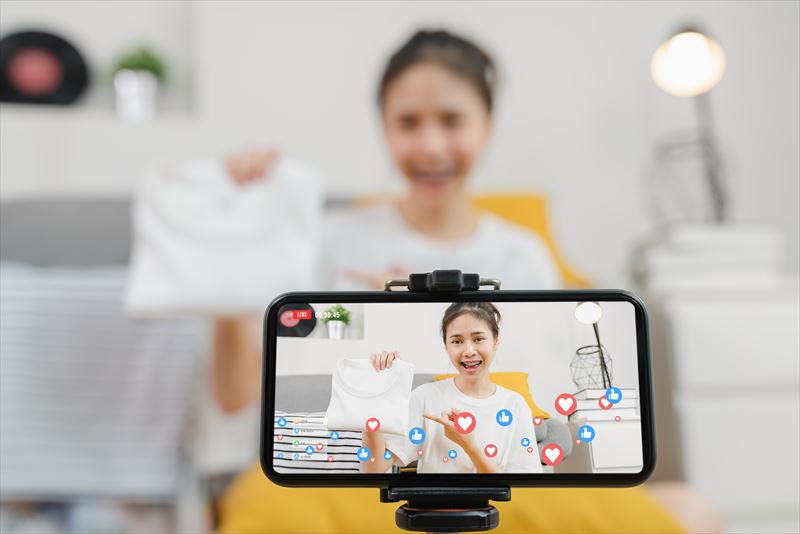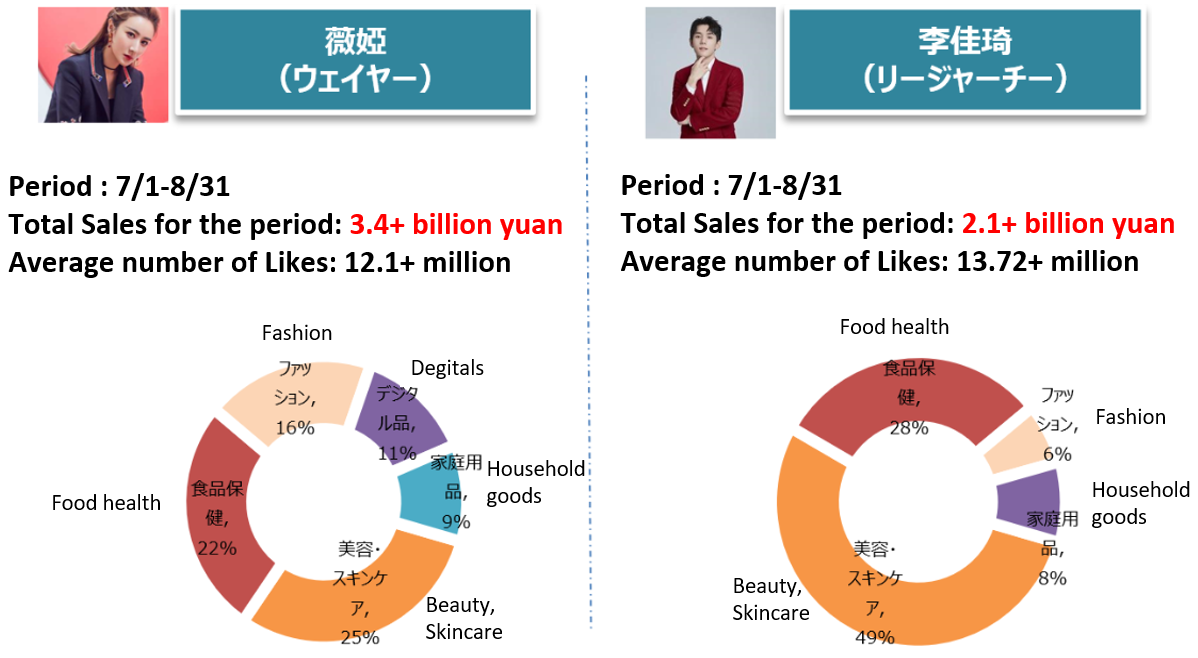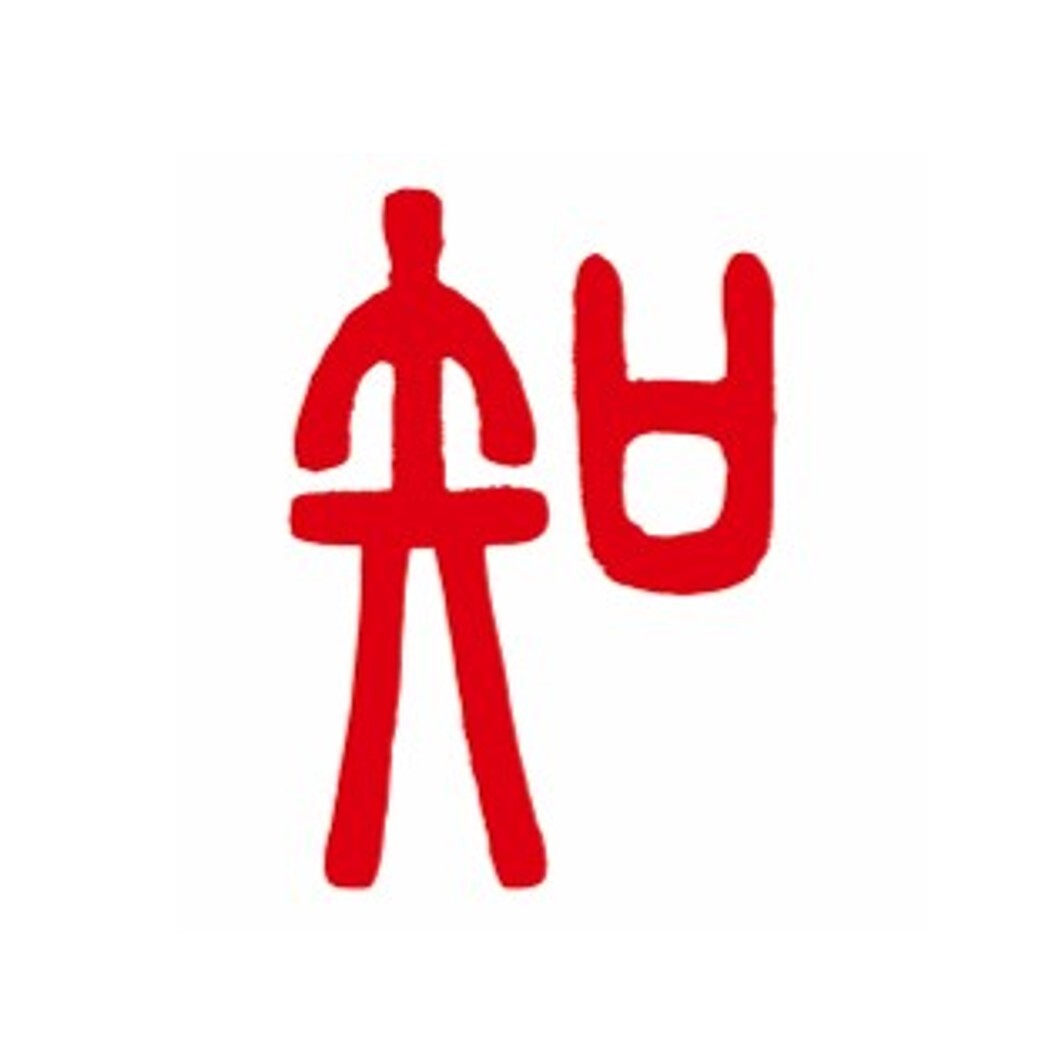<Report from overseas office> [China ] It’s not just KOLs! The reality of growing live commerce in China.
- Release date: Aug 27, 2021
- 8623 Views

That is, when I peeked at the smartphones of young people on the train or in coffee shops, I often encountered them watching videos that seemed to be live shopping. Of course, there are many people who watch entertainment videos like Youtube as well as in Japan, but Chinese young people enjoy live shopping product introduction videos as entertainment, and they also think that it is an effective content to know the latest trend. And above all, they are expected to be the overwhelming discount channel.
Live commerce and KOLs in China (Key Opinion Leader: 网红 Wǎnghóng)
Like Youtubers, who have become a popular profession in Japan, KOLs in China mainly engage in online video activities, but their income structure differs in many ways from that of Youtubers. While Japanese Youtubers are literally active on Youtube and their main source of income is advertising, KOLs in China earn from a wide range of sources, including contract fees with companies and e-commerce platforms, and income based on sales volume.Particularly in China, where anyone can broadcast live on an e-commerce platform (such as Tianmao Mall or JingDong) (or a platform linked to an e-commerce platform), KOLs are increasingly focusing on product sales.
2 top KOLs in China
If you’re involved in marketing in China, you’ve probably heard of two of the country’s top KOLs; 李佳琦 (Li Jianqi) and 薇娅 (Viya). Their sales figures are shown below. Each of them sold more than 30 billion Japanese yen in two months.
Data Source: Ecdataway数据库
Top KOLs have a destructive power that can knock out the annual sales of a small department store in two months, even if it is not purely the sales of one person, since they are working with 100 people including the film crew. These KOLs, of course, are paid professionals, and consumers know this when they buy the products they introduce.There are two reasons for this: trust in KOL and the overwhelming discount.
First of all, popular KOLs do not promote everything unrestrainedly, but firmly refuse to promote products that they find unsuitable or unrecommended. They are highly professional, conduct tests beforehand, and even go into detail about ingredients, etc. They provide a complete range of information that is very easy to understand. Furthermore, the fact that they do not only list good things, but also provide negative information, such as not being suitable for certain types of people, also generates sympathy among consumers. The reason behind such a style is that their greatest value is not based on the apparent number of followers, but on the trust of their followers.
In addition, this is something that comes with being a popular KOL, but the top KOLs who achieve overwhelming sales volume have more power to negotiate prices with manufacturers, which allows them to offer lower prices than any other channel, and consumers understand this.
Live commerce is becoming a common form of sales.
Just from what I have said so far, you may feel that live sales in China are mainly large-scale sales by KOLs, but that is not the case. The sales volume of top KOLs is outstanding, and it is true that companies are competing with each other to collaborate with top KOLs, but there are also many examples of individual store owners appearing online and achieving sales volume that is incomparable to offline only.In fact, at the supermarket I visited the other day, there was a corner where the clerks were selling the products live in the store, without paying attention to the customers. In addition, a Chinese colleague of mine often buys clothes at the live commerce of an apparel store, where ordinary store clerks, not good-looking KOLs, try on the products while selling them, but the prices are so low that they sell out immediately after the sales begin. (I once bought a piece of clothing for such a low price, even though it was not on a live commerce).
Top KOLs are overwhelmingly the focus of attention during high-profile event seasons, such as China’s largest online sales event, W11 (Double Eleven) on November 11, and will undoubtedly continue to be important, but it is also true that there is great potential for live commerce that do not rely on KOLs.
-

Author profile
(Mr.) Kenichi Tamaki
Joined Intage in 2006. Moved from Tokyo to Osaka to Shanghai, China....gradually moving west. Since joining the company, he has been engaged in research projects focusing mainly on consumer goods.
-

Editor profile
(Ms.) Risa Takahama
 Global Market Surfer
Global Market Surfer CLP
CLP